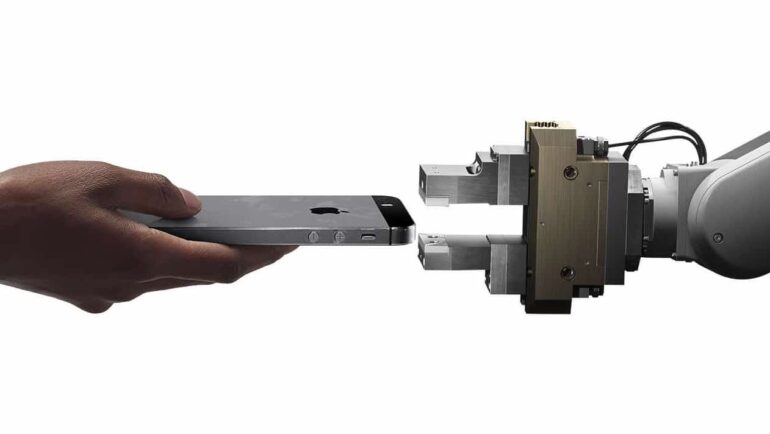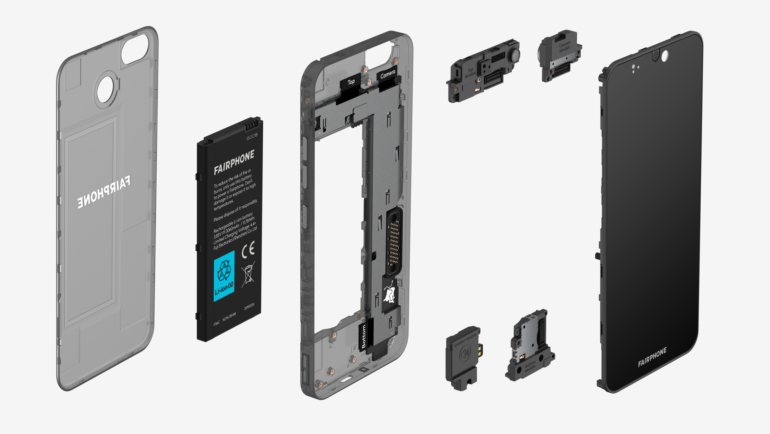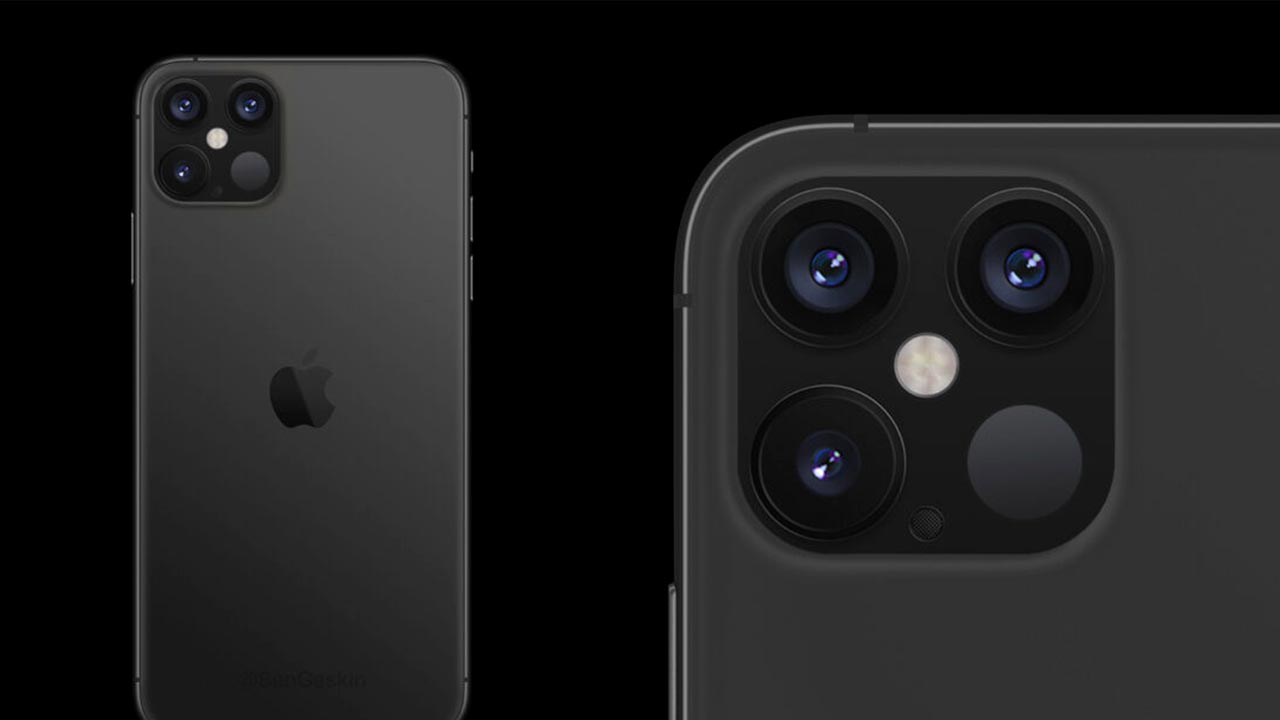More needs to be done to protect the planet so that future generations cannot enjoy it.
There is no doubt that the largest technology companies in the world are greener than ever. To better protect the environment, companies like Apple have long embraced lowering emissions by switching to clean energy and decreasing overall consumption of non-renewable energy. At the same time, many have increased the use of recycled materials in new devices by eliminating harmful chemicals such as mercury and PVC.
Taking these steps has helped us all by costing companies millions of dollars every year. However, much more needs to be done. Unfortunately, the next steps will not be easy and will require not only a commitment from technology leaders, but also from consumers. One idea that Apple should consider in its never-ending quest to be greener is to rethink a modular iPhone .
Between 2.2 billion iPhones were sold between 2007 and 2018 . In 2018 alone, over 212 million units were delivered to users. At some point, the time will come for each of these to be thrown away.
A few years ago, Apple created Liam, a robot capable of disassembling an iPhone into many small pieces, in such a way as to recycle its materials for future use. Unfortunately, this is an incredibly slow process.
According to Apple’s latest environmental report , robots can “just” disassemble 200 iPhones per hour. To put this in perspective, if every iPhone sold in 2018 was suddenly ready to be recycled, it would take over 44,000 days to complete the job, or 120 years!

In addition, the company claims to be committed to making ” long lasting products, designing highly durable hardware, creating a vast network of repair service providers and ensuring software compatibility with previous models “.
Millions of new iPhones are sold annually and Apple, like all other manufacturers, continues to rely on new materials. In other words, despite his best intentions, Apple’s very existence continues to ” hurt ” the planet every year with a new iPhone model.
By offering interchangeable (modular) parts, Apple could continue to sell millions of “new” iPhones every year, but relying on fewer new materials produced.
For example, this year’s iPhone 12 series is likely to feature larger displays with improved cameras and updated interiors. These improvements are incremental, at best. However, history teaches us that the small changes will be more than enough to convince millions of current users to switch to the new model .
Now, let’s imagine a future where Apple releases both a new iPhone and an update package . The latter would contain individual components such as an updated chip or camera system, for example, to make it similar to the newer one. By offering interchangeable parts, Apple could continue to sell millions of ” new ” iPhones every year, but relying on fewer new materials produced. The price would also benefit and this speech on Apple would be more successful than on any other manufacturer, given that the Cupertino company continues undaunted with the same design for years.
The modular smartphone concept is not new. However, past attempts have focused on offering add-ons that offered new features. The Moto Z and the LG G5 from 2016, for example, did not offer basic components that the user could replace.
Closer to the concept described so far is the Fairphone 3 , which is made up of seven modules , which makes it easier to repair than most smartphones. Removable parts include the motherboard, chip, RAM and storage space.

For the moment, an iPhone of this type is still unthinkable, because it would be difficult to guarantee water resistance and such a compact design where even the smallest internal space is occupied. There are few indications that Apple is moving in the direction of modularization for the iPhone, only a few long-standing patents. However, a recent rumor suggests that new headphones are coming which may have interchangeable parts . If correct, this would be an important step towards the creation of Apple products ” built to last as long as possible “
Would you buy a modular iPhone?



Recent Comments